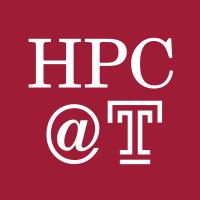Article,
High-resolution structures of the M2 channel from influenza A virus reveal dynamic pathways for proton stabilization and transduction
Proceedings of the National Academy of Sciences, 112 (46): 14260-14265 (2015)
DOI: 10.1073/pnas.1518493112
Abstract
The matrix 2 (M2) protein from influenza A virus is a proton channel that uses His37 as a selectivity filter. Here we report high-resolution (1.10 Å) cryogenic crystallographic structures of the transmembrane domain of M2 at low and high pH. These structures reveal that waters within the pore form hydrogen-bonded networks or “water wires” spanning 17 Å from the channel entrance to His37. Pore-lining carbonyl groups are well situated to stabilize hydronium via second-shell interactions involving bridging water molecules. In addition, room temperature crystallographic structures indicate that water becomes increasingly fluid with increasing temperature and decreasing pH, despite the higher electrostatic field. Complementary molecular dynamics simulations reveal a collective switch of hydrogen bond orientations that can contribute to the directionality of proton flux as His37 is dynamically protonated and deprotonated in the conduction cycle.
